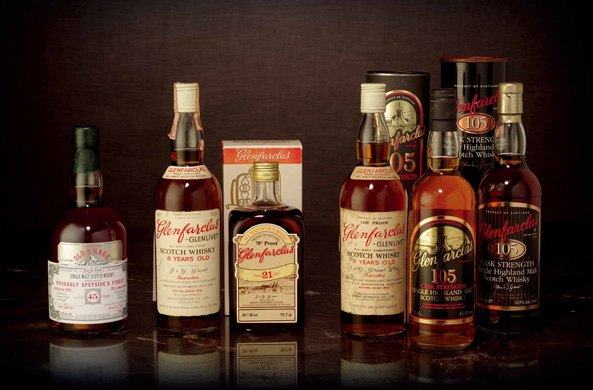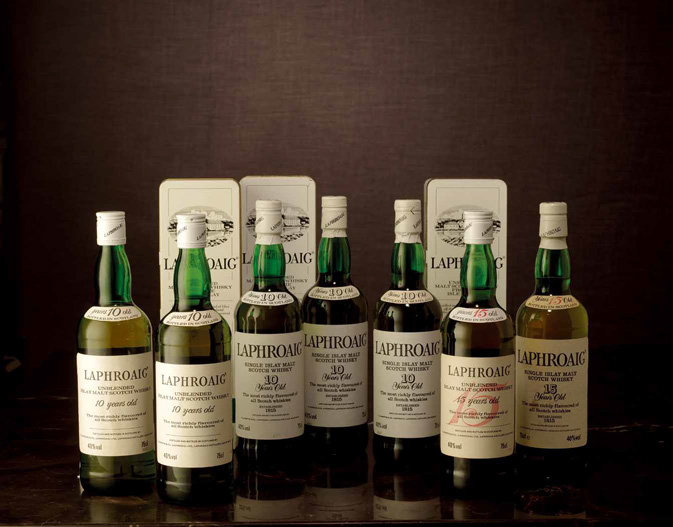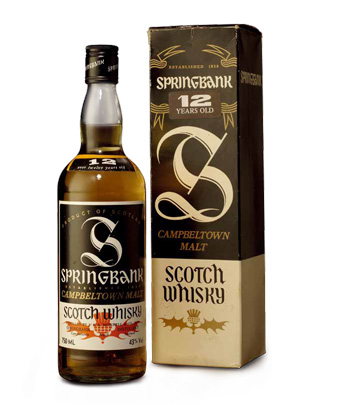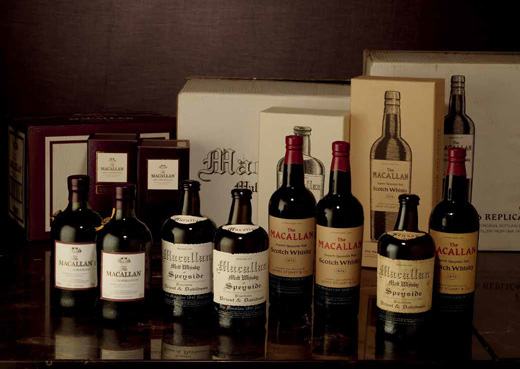Art Column
The Good Old Days
Eva Tang / Ravenel Quarterly No. 25 Summer 2018 / 2018-05-25

In recent years, whiskeys bottled in the 70s, the 80s, and even earlier, have started to attract the attention of collectors. Some whiskeys such as the Laphroaig 10 Years Old Unblended bottled in late 1970s has prices surpassing some 30-year-old whisky. If given the chance to actually compare between two whiskeys aged for the same time, with one new and one bottled in the 70s or 80s, the difference in the flavour profiles will actually be quite apparent. But what are the factors contribute to this difference?
After the Prohibition and policies such as grain acquisition during the war time in the 1940s, the industry took a great hit before it picked up its stride again in the 1960s, when there was a simultaneous surge in domestic and foreign demand. This launched an era of rapid development in whiskey distillation technology. During the time, distillation process became more specialized. Professional malt houses were established, leaving only Springbank in Campbeltown the only distillery adhering to the traditional floor malting till present. Some have shifted from the traditional use of rake-and-plough mash tuns to the more efficient lauter tuns. Moreover, in order to reduce the loss of stills while increasing the stability of the heating process, most distilleries have also switched from direct heating by gas or coal to the indirect steam heating methods, leaving only a handful of distilleries maintaining the traditional direct heating methods such as Macallan and Strathisla. As to the condensing process, many distilleries had shifted from Worm Tube, which is both time-consuming and water-consuming, to the Shell and Tube condenser. The whisky produced became lighter and more refreshing. Various technical breakthroughs such as the above listed are one potential reason for why the flavor profiles have changed over time.

The changes of consumer demand also played an important role here. In the past decade, consumer did not particularly seeking for high vintage whisky. Therefore, increasing production become the only goal for distilleries. In order to increase the production, they needed to bottle continuously, raising the turnover rate of barrels and cellars, and eventually cashing in for even higher production. Demand and supply combined had led to the result of blending higher vintage whisky into low vintage whisky in the 1960s and 1970s. As for today, under the circumstances that demand is so high for whisky that aged longer which has resulted in the scarcity of older whisky during the years, many distilleries even brought out NAS (Non-Age Statement) whisky to replace the usual 10 and 12 Years Old product line. It is thus more than unlikely to have older vintage blended into young whisky.

Additionally, even for core products that represent the spirit of a brand, such as the Glenlivet 12 Years Old and Glenfarclas 105, that is necessary to maintain the same flavour over the days, as the art of 'human' occupies a crucial ring in the realm of taste. Whether replacement of master blender nor the alternation of executive team, changes are bound to result in both distillery policies and the flavour profiles they pursue. Take the former master blender of Balvenie, David Stewart, for example, who was the former chief distiller at Balvenie before taking over at Malt Master in 1974. Before his retirement in 2009, he established the concepts and technics of double cask maturation, cask finish, and Solera system, which were completely pioneering ideas for the time. All of these innovations have brought on major changes in the direction of the distillery and the style of their whisky. Another example is Ardberg distillery, which is identified by its beastly peaty flavor. In 1977, it was acquired by the Hiram Walker Group, and gradually stopped the production of its peated whisky. It wasn't until 1997, when the distillery was incorporated under the Glenmorangie PLC, that the peated beast had made its return. The fact that we are still able to find lightly peated and non-peated varieties of Ardberg from the late 1970s is thus a historical mark from that time.
In pursuit of those vintage aromas, numerous distilleries have gone to great lengths seeking out the old artisans and searching for the recipes of the past, even going so far as to copy the the production methods, equipment, and ingredients that had been used in the 1960s. Glenfiddich The Original Single Malt 1963 launched in 2014 and Macallan Replica and Travel Series are examples of the attempts to make replicas of the bygone era. However, gaps still exist between these recreations and the authentic spirits from the 60s and 70s. Which lead us to the result that, although 30-year-old spirits that have sat in their bottles for three decades are still a 30-year-old spirits, aged in bottle maybe more than just a myth.
It’s not possible and not necessary to determine whether the whisky from the 1960s is superior than the whisky today. However, should you got a chance to enjoy the whisky from the good old days, let your heart tell you whether the creations do indeed live up to the legends.
